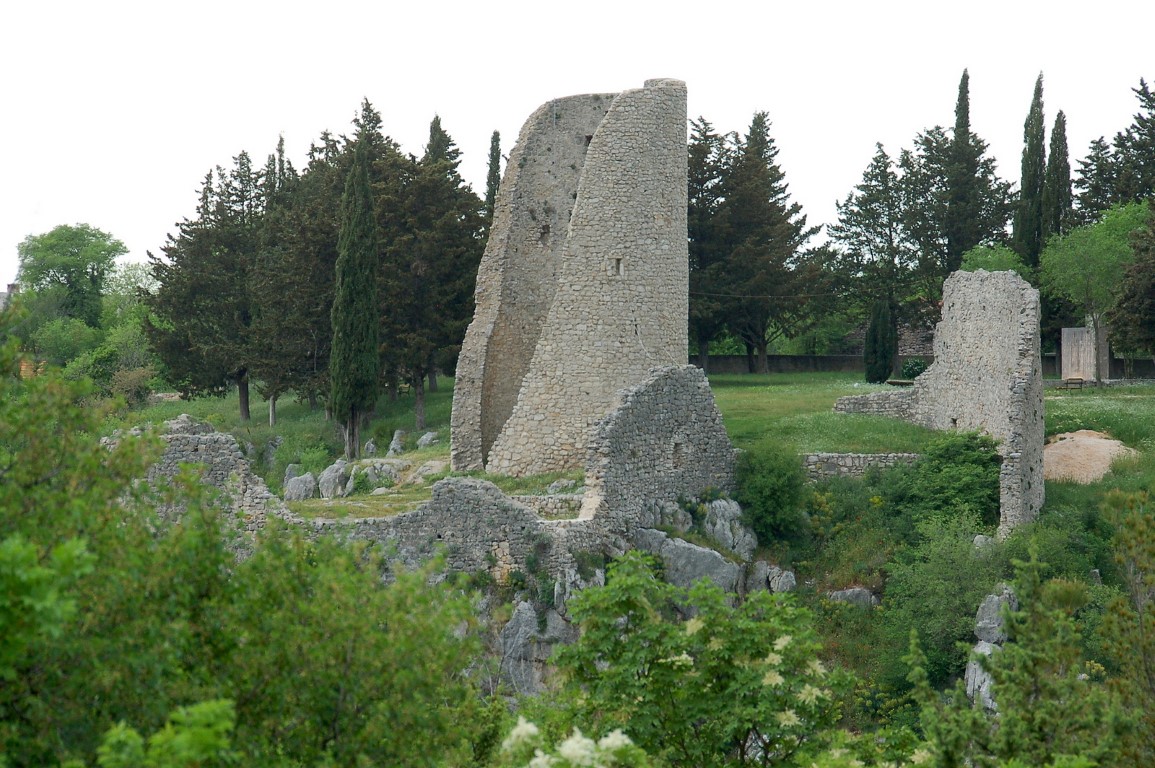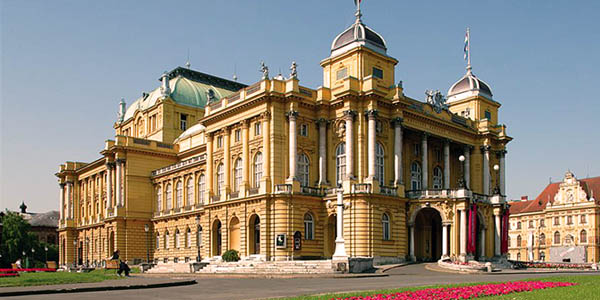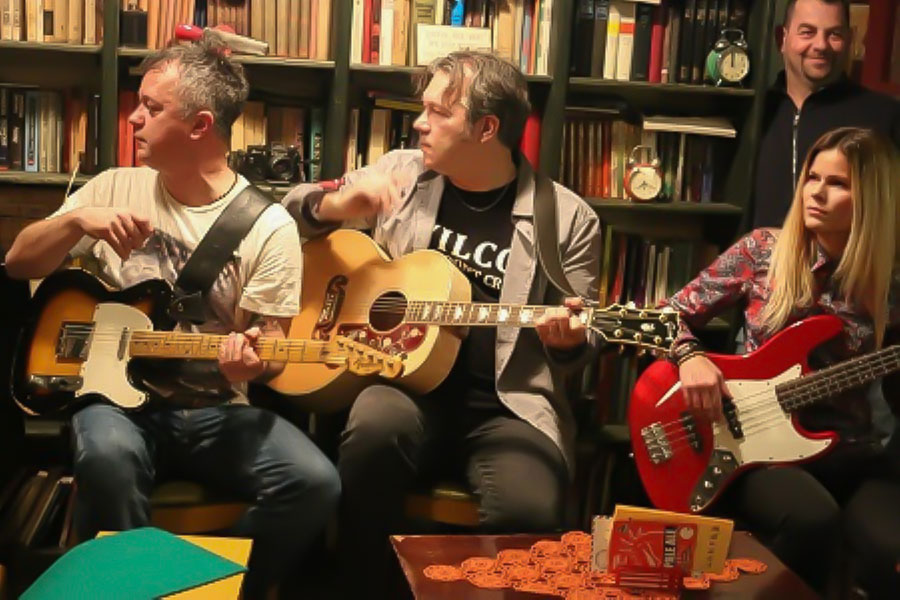It is precisely in this area of the oldest part of the town of Drniš that research and archeological remains have shown that there used to be a settlement dating back to the Bronze Age. There are also the remains of a structure supposedly from the ancient times.
The fortress Gradina was built in the Middle Ages; today, only the remains of the southern part are still preserved. It is worth pointing out that they dominate the town to this day and are its symbol.
It is assumed that Gradina belonged to a fortress system owned by the Nelipić family. These fortresses can be seen along the rivers Krka and Čikola, and apart from Gradina, they also include Ključica, Kamičak, Bogočin-grad and Nečven.
With the arrival of Turks, this medieval fortress is renovated and the town life moved to, what is known as ”sub urbum”, or literally ”subtown”. Today, it is still the heart of the town. After the arrival of Venetians, their commander and governor-general Leonardo Foscolo ”enhanced and expanded” Gradina using new architectural standards.
Even though up until the 19th century Gradina was used primarily for defense purposes, that changed entirely when instability stopped being an issue. Later on, its processed construction materials were used, exploited and carried around Drniš and its surrounding area for the construction of new facilities and homes.
Drniš Gradina is located 334 meters above sea level and it is the only preserved fortress in the town. This cultural heritage is situated in the south-west, and it offers a view of Petar’s field, the Čikola river canyon, as well as a part of Drniš.
You can reach the fortress by walking towards the St. Anthony church; from there to the Put Gradine street, it’s only a few-minute walk. The lookout on the Drniš-Šibenik road also offers a nice view of the fortress. Nowadays, the importance of Gradina as one of the town symbols is growing, with the light installation of the inner and outer walls to serve as proof.
Drniš Gradina – historically the oldest part of the town

 Glazbom i produkcijom Dean Dvornik započinje Novu…
Glazbom i produkcijom Dean Dvornik započinje Novu… Klapa Sveti Florijan – 5 godina glazbenog uspjeha i promocije vatrogastva…
Klapa Sveti Florijan – 5 godina glazbenog uspjeha i promocije vatrogastva… Festival svjetskog kazališta 2016. u HNK-u Zagreb
Festival svjetskog kazališta 2016. u HNK-u Zagreb „Status” za mladu nadu Lidiju Strika
„Status” za mladu nadu Lidiju Strika














